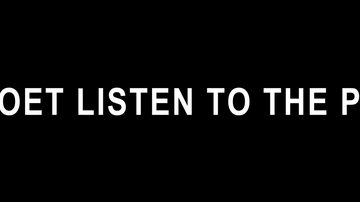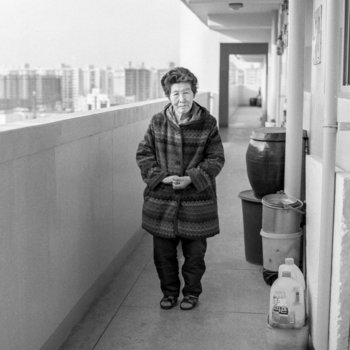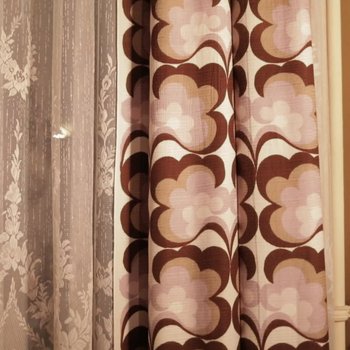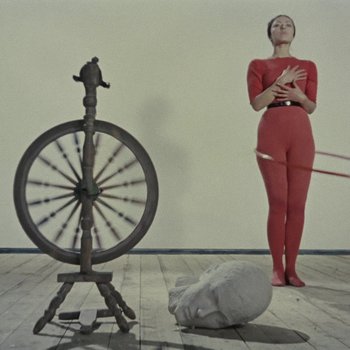Die digitale Spur legt, ausgehend von dem Protestlied ,Mury/Mauern’, das in Belarus zur Hymne des Widerstands gegen das Regime wurde, den suchenden Prozess frei, sich widerständen Bewegungen zu nähern. Sie befragt in Form eines Gedankenskriptes die eigene Perspektive: Wer spricht? Wer wird gehört? Wie wird Trauma auch durch Lyrik sichtbar? Wie geben wir dieser Literatur, diesen Geschichten Raum? Wie auch in der analogen Spur werden Fragen der Unmittelbarkeit von Literatur und der Multiperspektivität gestellt, die in dem Wunsch münden, die Dissonanzen, die Leerstellen hervorzuheben und sich auf die gemeinsame, nie endende Spurensuche durch die Linse der Lyrik zu begeben.

Auch interessant:
They were known as “comfort women” – a phrase that conceals their sad fate. What they experienced they kept to themselves. Now, at last, they are making their voices heard: in an artistic work featured in the exhibition “Wordless – Falling Silent Loudly”. Laura Helena Wurth on a continuing trauma. A re-publishing from our magazine August.

A pub in the museum? There are many inviting, sociable places in Leipzig. In recent years, numerous old pubs have had to close, including the Weißes Roß ("White Horse") owned by Jens-Thomas Nagel. It was located near the Grassimuseum, today it is housed inside of it.

Is it possible to react aesthetically to an event like the wartime invasion of the Wehrmacht? Sergej Paradjanov has tried to do just that. Born in Georgia and of Armenian descent, he made films about Ukrainian history. One can hardly find anyone who embodies the cultural pluralism in the title of the current exhibition "Kaleidoscope of History(s). Ukrainian Art 1912-2023" as much as he does. His film fragment "Kiev Frescoes" is part of the exhibition and was also featured in the digital prologue here on voices.
